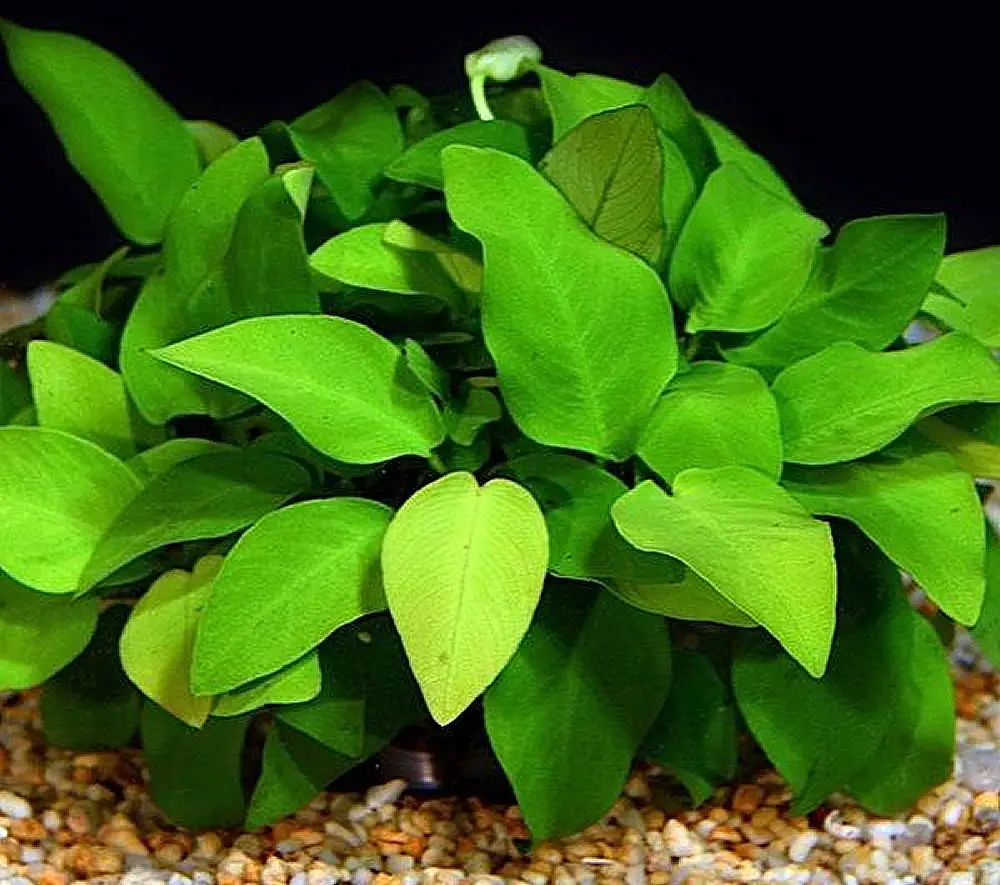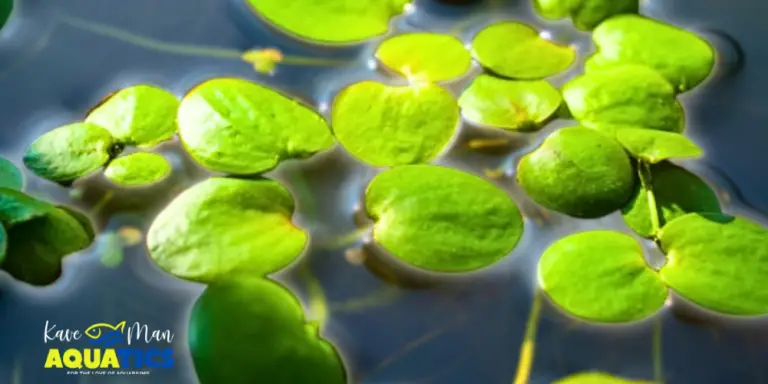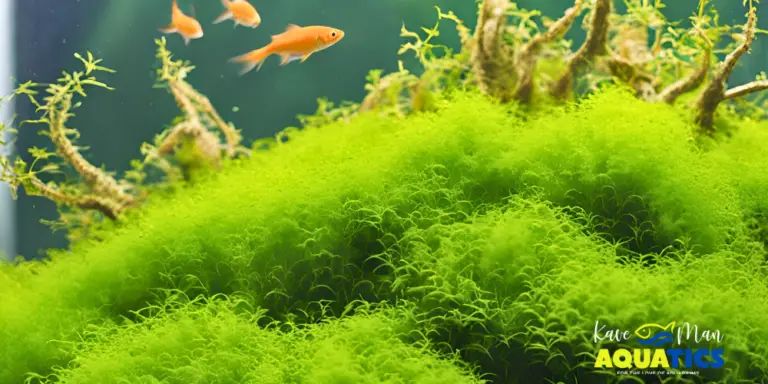How to Grow Anubias Plant Out of Water
How to Grow Anubias Plant Out of Water: Practical Guide
If you have spent some time in the fishkeeping hobby, you probably know about Anubias. It is one of the most popular plants, that is widely used in low-tech, and even high-tech aquarium setups. Some people love this plant because of its dark green color, others are amazed by how little this plant needs to thrive.
Anubias is a special aquarium plant, because it is very hardy, and can even grow out of water. Particular plant keepers even grow anubias plants out of water, simply because they do slightly better being partially out of water.
In this article, we will break down a simple way you can make a small anubias plant farm growing it emersed, that just simply showcases how little these species need. When you grow more anubias using our methods, you can use them for more scapes, or just sell the plants in your local community.
The Difference Between Emersed and Submerged Aquatic Plants
Every aquatic plant, similar to fish and other aquarium creatures, has different capabilities and can tolerate a wide range of water parameters. Some plants are super hardy and can adapt to anything, while others suddenly melt off, when something changes in the water. There are a lot of reasons why your aquarium plants are dying, from improper water conditions to poor lightning.
A plant like anubias can deal with it all. This particular plant species are very tolerable, and can even grow emersed and submerged. Emersed growth is when a plant is capable of growing partially out of the water, while submerged growth means that a plant is fully underwater. Not all plants have the ability to grow emersed, simply because they originate from different environments, where they did not need to have this skill. Here is a short list of other aquarium plants that have the ability to grow emersed:
- Java Fern
- Bucephalandra
- Bacopa Caroliniana
- Cryptocoryne Cordata
- Hydrocotyle Tripatita
Plants like java fern and bucephalandra are slow-growing plants, that are similar to anubias in terms of emersed growth. On the other hand, hydrocotyle tripatita is a fast-growing plant, that really enjoys growing out of the water, even showing faster growth.
Anubias Plant Care Requirements
Anubias is a good beginner plant because it is insanely durable and can withstand different water conditions. Although it is very important to know the best water parameters, if you want to get the most out of this aquatic plant:
- Water temperature: 22–28 °C (72–82 °F)
- pH: 6.0 – 8.0
- Water hardness: 60 – 160 ppm
- Light intensity: Low
- Need for CO2: Low
- Fertilizer: Liquid fertilizer, nutrient-rich substrate
- Maximum size: 7.5 in / 19 cm
- Growth rate: Slow
- Care Level: Easy
This plant does not need intensive lightning in aquariums and does very well in darker tanks. Anubias is also loved because you can put it almost anywhere in an aquarium. These species can grow attached to rocks, driftwood, and other decorations. Anubias can also be planted into the substrate if done correctly (the rhizome of the plant can’t be buried because it will rot in the substrate).
If you decide to plant anubias in the substrate, your plant will start absorbing nutrients from its roots, so be sure to have a nutrient-rich substrate. If the plant is attached to some sort of decoration, it mainly gets all the materials it needs from leaves, uses liquid fertilizer to sustain your plant.
How to Make a Basic Anubias Plant Farm
As we mentioned before, this farm will display the ability of anubias to grow partially out of the water, so it can be an excellent learning process and experience seeing the durability of anubias. This setup is relatively cheap and simple, all you will need is mainly two components to make this work.
Buy the Equipment
This is a very easy setup, because you will need a basic container, and some nutrient-rich substrate to grow anubias plants. Read our recommendations below to buy the right equipment.
Container
Firstly, you will need a plastic container to keep your anubias plants. It is crucial, that you buy a container, that is transparent as possible because you are going to be using sunlight as your main source of light for anubias plants. If the container is not transparent and is in any other color, it can alter the sunlight, creating problems for your anubias plants.
Another thing that you need to check before buying, is that your container needs to have a very sealable lid. Anubias plants are going to be grown in a highly moisturized environment, which means a bad lid will create air gaps, that will change the ideal environment.
The size of the container really matters on what kind of anubias plants you have. Before choosing the right size, keep in mind that you will need at least 1.5-2 inches (4-5 cm) space for substrate, and you will need some space for plant growth.
For example, if you have very small anubias plants (let’s say anubias nana petite), you will need at least a plastic container, that is 4 inches (10 cm) in terms of length, height, and width. There would be enough space to plant multiple anubias plants, and they will have lots of room to grow.
Substrate
This step is very easy because almost any nutrient-rich substrate works in this setup. You can easily use aquarium soil if you want or buy some basic gardening plant soil, used for garden plants. Everything depends on your budget, just be sure that the substrate you are going to use, has a lot of nutrients.
Prepare the equipment
To move on, get your container, and poor your desired substrate, make sure that you have at least 1.5-2 inches (4-5 cm) of the substrate in terms of depth in your container. The next thing you will need to do is to puncture a couple of holes in your plastic lid.
This needs to be done for ventilation purposes, and to have fresh air coming into your container. You can simply use a screwdriver or a drill, and create 1 hole on each side of the lid, this will be more than enough. After that, pour water into the container, and stop when it reaches the top level of your substrate. Make sure the water temperature is between 22–28 °C (72–82 °F).
Anubias Planting
Now is the time to finally plant anubias, and get this setup going. This step is very simple, just stick your anubias plants into the substrate, but make sure that the rhizome part of the plant is not planted, only the roots.
Burying the rhizome part is a crucial beginner mistake, that eventually leads to anubias plant dying, so double-check, that only the roots are deep into the substrate. When you are done, spray your plants with water, close the container and place your newly created anubias plant farm near a window.
Maintenance
There is almost no maintenance in this setup. All you need to do is to spray water on your plants 1-2 times a week. That is it! Simply watch your anubias plants grow and enjoy.
Final Words
In conclusion, this is a very simple setup, that every beginner fish keeper can build. It almost does not need any care, and can simply be placed near a window and forgotten for some time. Newly grown anubias can be used in new or old aquariums or sold for profit.




